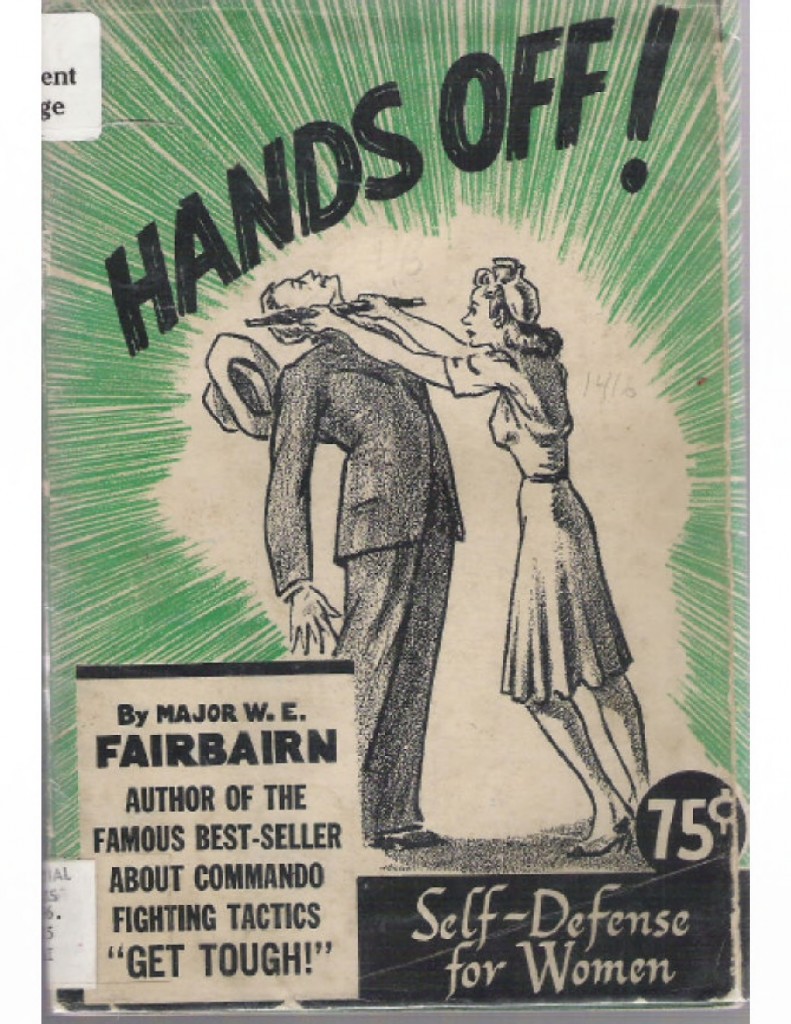Back then,
street harassment was called mashing. There are actually records of women who physically
exacted revenge on their harassers. In 1904, a Manhattan woman arranged to meet privately
with a masher so she could beat him up. Two years later, when a woman boxer in Massachusetts was
grabbed by a man, she knocked him out and then revived him with smelling salts
out of pity. Other women slapped mashers in the face with their handbags and
umbrellas, gave them swollen eyes, and even lacerated their faces.
The police of
the early 1900s were very active in combating street harassment. Female
officers were often put in charge of catching mashers, and were usually
extremely successful. In New York City ,
a group of jiu jitsu-trained policewomen called the Subway Squad patrolled the
trains as plainclothes officers, looking out for mashing. In both the subway
and aboveground, mashers were often caught through stings, where they had
female officers or harassed women serve as bait to entice the would-be masher.
Interestingly,
many victims of street harassment pursued legal justice against mashers. By the
1920s, women were likely to sue because of the availability of private hearings
and public encouragement. This era was also the Jazz Age, when women began
exploring their sexuality. Since they had gotten the right to vote in 1920, women
felt more liberated. A possible result of this increased sense of self is that
women were more likely to value their bodies, and were apt to prosecute a man
for violating their space.
Men had mixed
responses to mashing. Male officers were often apathetic towards victims of
street harassment, part of the reason women police became so vital to the
cause. However, many men in the force championed the anti-mashing cause. For
example, after learning about a “masher’s corner” on 125th Street in Manhattan , the police chief stationed
additional officers there. In general, men did take an active stand against street
harassment. The Anti-Mashing Society was established in 1903 by a group of men
frustrated by the mashing epidemic, and numerous men physically protected women
who were being mashed.
What lessons can
we, as anti-street harassment activists, learn from the history of mashing?
As effective as
it may have been in the early 1900s, it may not be wise for us to support women
beating harassers with their handbags. However, self-protection is vital, and
women must be able to learn how to effectively protect themselves from street
harassment. We cannot, however, pin the responsibility on women to not be
harassed. We must educate men not to harass, and work with like-minded men to
encourage their brethren to respect women’s space on the street. Our mission is
to shift the social paradigm and change people’s attitudes. Hopefully, the term
street harassment will sound just as foreign to our children as the term
mashing does to our generation.

No comments:
Post a Comment